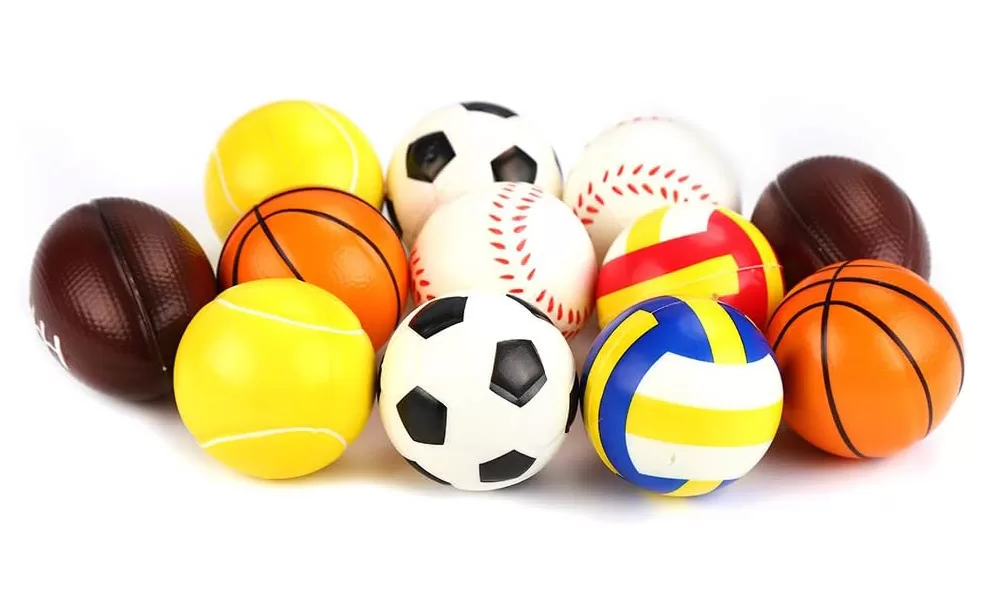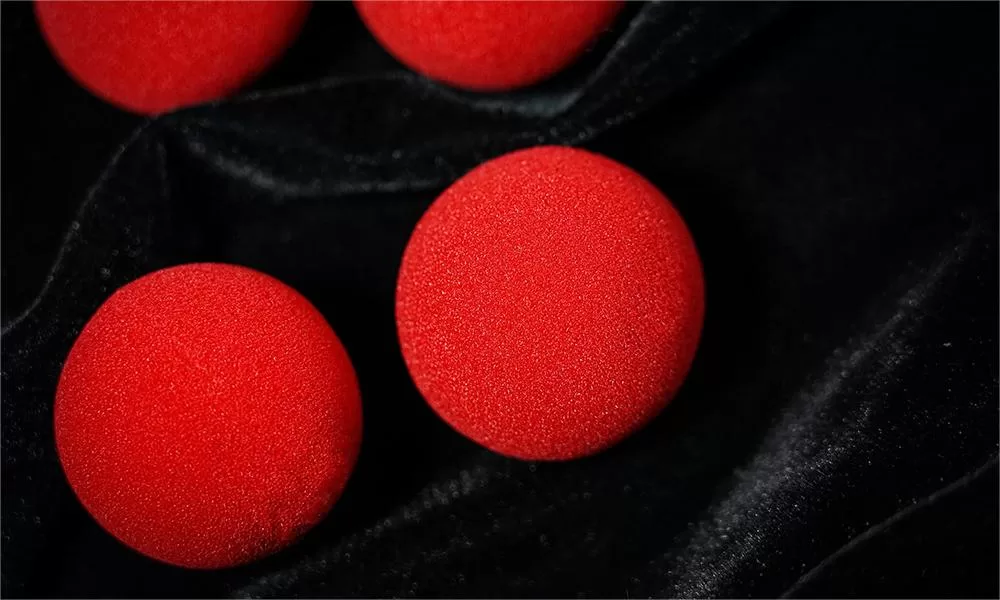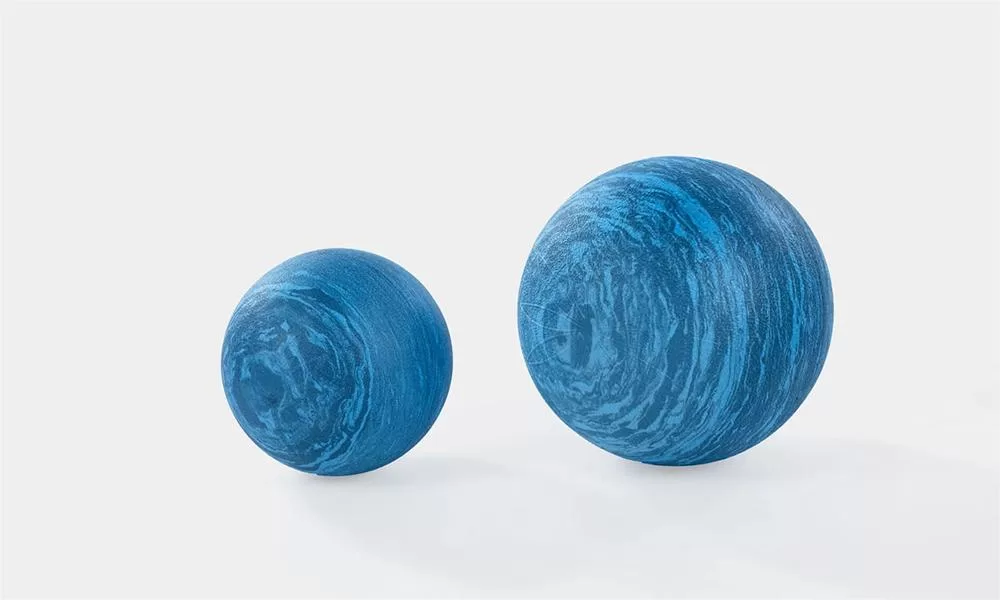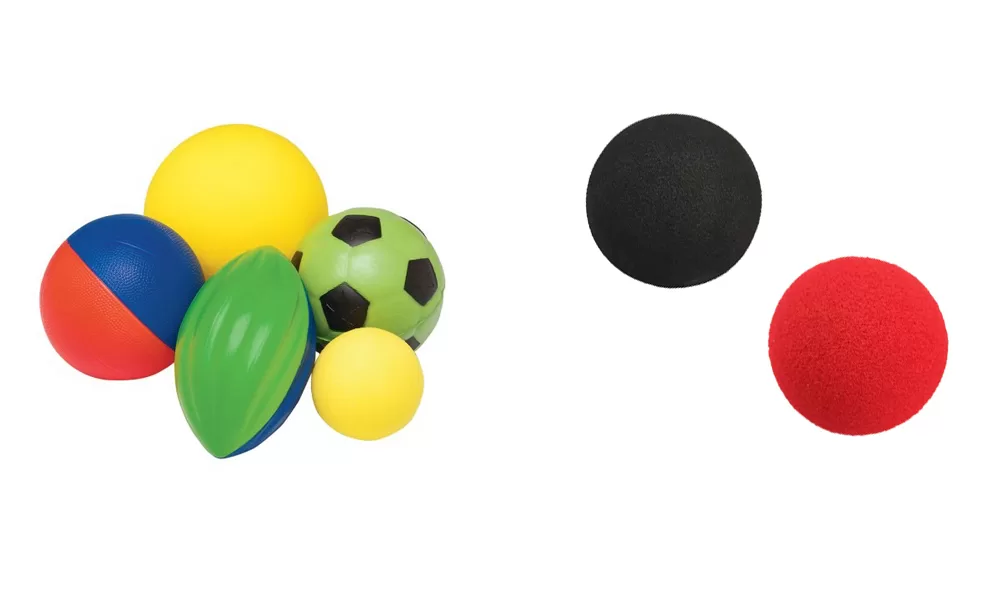
Introduction to Foam and Sponge Balls
Before we delve into the nitty-gritty of the differences between foam balls and sponge balls, let’s first understand what each of these balls is.
What are Foam Balls?
Foam balls are a type of ball made from foam materials. These materials can include polyurethane, polystyrene, or other types of foam. The foam is shaped into a ball and can be covered with a variety of materials to give it different textures and appearances. Foam balls are lightweight and can come in a variety of sizes, from small balls used for crafting to larger balls used for sports or physical therapy. They are often brightly colored and can be used for a variety of activities, including games, crafts, and exercises.
What are Sponge Balls?
Sponge balls, as the name suggests, are balls made from sponge-like materials. These materials can include natural sponges, cellulose, or other types of absorbent materials. Sponge balls are soft and squishy, and they can absorb a lot of water. This makes them perfect for water games or magic tricks where the ball needs to disappear and reappear. Sponge balls can also come in a variety of sizes and colors, and they can be used for a variety of activities, from games and tricks to cleaning and scrubbing.
The Core Differences
Now that we’ve defined what foam and sponge balls are, let’s dive into their core differences.
Material Composition
The material composition of foam and sponge balls is one of the main differences between them. Foam balls are typically made from synthetic materials like polyurethane or polystyrene. These materials give the balls a lightweight and firm structure. On the other hand, sponge balls are made from natural or synthetic sponge materials. These materials are highly absorbent, which gives the balls their soft and squishy texture.
Texture and Feel
The texture and feel of foam and sponge balls are also quite different. Foam balls have a smooth, firm, and slightly bouncy feel to them. They are lightweight and can be easily thrown or bounced. Sponge balls, on the other hand, are soft, squishy, and can be easily compressed. They have a more flexible feel and can absorb a lot of water.
Bounce and Flexibility
The bounce and flexibility of foam and sponge balls are another key difference. Foam balls have a higher bounce due to their firm and lightweight structure. They are less flexible and can’t be easily compressed. Sponge balls, however, have a lower bounce due to their soft and squishy texture. They are more flexible and can be easily squeezed or compressed.
Durability and Lifespan
In terms of durability and lifespan, foam balls tend to outlast sponge balls. Foam balls are more durable and can withstand more wear and tear. They are less susceptible to damage and can last for a long time with proper care. Sponge balls, while also durable, may wear out faster due to their absorbent nature. The constant absorption and release of water can cause the sponge material to break down over time.
Uses and Applications
Foam and sponge balls have different uses and applications due to their different properties. Foam balls are commonly used in sports, crafts, and therapy. Their firmness and durability make them suitable for activities that require a lot of bouncing or throwing. Sponge balls, with their absorbent and squishy nature, are popular in water games and magic tricks. They can also be used for cleaning and scrubbing due to their absorbent nature.
Pros and Cons
Every coin has two sides, and so do foam and sponge balls. Let’s look at their pros and cons.
Advantages of Foam Balls
Foam balls have several advantages. They are lightweight, durable, and versatile. They can be used for a variety of activities, from sports and games to crafts and therapy. Their firm and bouncy texture makes them fun to play with, and their durability ensures they can last for a long time.
Disadvantages of Foam Balls
Despite their advantages, foam balls also have some disadvantages. They are not as flexible or absorbent as sponge balls, which can limit their uses. They may also be too firm or bouncy for some activities or games.
Advantages of Sponge Balls
Sponge balls also have several advantages. They are soft, flexible, and highly absorbent. They can be used for a variety of activities, from water games and magic tricks to cleaning and scrubbing. Their soft and squishy texture makes them fun to play with, and their absorbent nature makes them useful for cleaning and scrubbing.
Disadvantages of Sponge Balls
However, sponge balls also have some disadvantages. They may not last as long as foam balls due to their absorbent nature, which can lead to quicker wear and tear. They are also not as firm or bouncy as foam balls, which can limit their uses.
Making the Right Choice
Choosing between foam and sponge balls ultimately depends on your specific needs and applications. If you need a ball for sports or games that require a lot of bouncing or throwing, a foam ball may be the better choice. If you need a ball for water games, magic tricks, or cleaning, a sponge ball may be the better choice. Consider the pros and cons of each type of ball and make an informed decision based on your specific needs.

Environmental Impact of Foam and Sponge Balls
While both foam and sponge balls have their unique properties and uses, it’s also important to consider their environmental impact. Foam balls, especially those made from synthetic materials like polystyrene, can take hundreds of years to decompose, posing a significant environmental challenge. On the other hand, sponge balls, particularly those made from natural materials, are biodegradable and have a lesser environmental impact. However, synthetic sponges can also contribute to environmental pollution. Therefore, when choosing between foam and sponge balls, considering their environmental footprint can be a crucial factor.
Innovations in Foam and Sponge Ball Manufacturing
The manufacturing processes of foam and sponge balls have seen significant advancements over the years. For foam balls, innovations have led to the production of balls with varying densities and firmness, allowing for a wider range of applications. In the case of sponge balls, advancements in manufacturing techniques have resulted in sponge balls with enhanced water absorption capabilities and improved durability. These innovations have not only expanded the uses of these balls but have also improved their performance and lifespan.
Health and Safety Considerations
While foam and sponge balls are generally safe to use, certain health and safety considerations should be kept in mind. For instance, foam balls made from certain types of synthetic materials may release harmful chemicals, especially when they start to degrade. Therefore, it’s important to ensure that the foam balls are free from toxic materials. Similarly, sponge balls, due to their high absorbency, can become a breeding ground for bacteria if not cleaned and dried properly. Hence, regular cleaning and proper maintenance of sponge balls are essential to prevent any health risks.
Frequently Asked Questions
Are foam balls better than sponge balls?
It depends on the specific use. Foam balls are more durable and firm, making them suitable for sports and crafts. Sponge balls are soft and absorbent, perfect for water games and magic tricks.
Can sponge balls be used in place of foam balls?
Not always. While they can be used interchangeably in some cases, their different properties make them better suited for different applications.
Are foam balls safe for children?
Yes, foam balls are generally safe for children as they are lightweight and soft. However, small foam balls should be used with caution around young children due to the risk of choking.
How do I clean sponge balls?
Sponge balls can be cleaned by soaking them in warm soapy water, gently squeezing out the dirt, rinsing them thoroughly, and allowing them to air dry.
Where can I buy foam and sponge balls?
Foam and sponge balls can be purchased from sports stores, craft stores, online marketplaces like Amazon, or directly from manufacturers.

Conclusion
In conclusion, while foam and sponge balls may seem similar at first glance, they have distinct differences in their material composition, texture, feel, bounce, flexibility, durability, lifespan, and uses. Understanding these differences can help you make the right choice for your specific needs.

